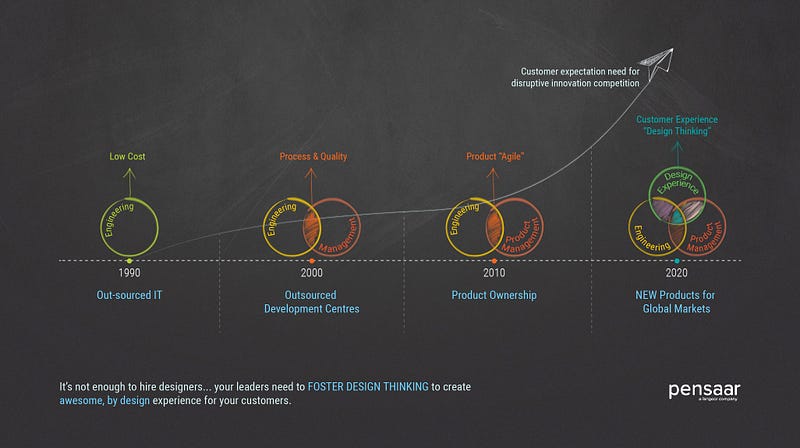Building great products requires us to understand customer needs and its nuances, are more often than not, counter-intuitive to our assumptions. The Design Thinking Roundtable session by Deepa Bachu helped us identify methods to bridge this gap between building great products and understanding customer need. I was lucky enough to be part of the small group of product managers, designers, and fellow entrepreneurs to have an engaging discussion onimportance of design as an innovation strategy. How well do you know your customer?
How well do you know your customer?
Deepa’s opening question “Do you know your customer?” probably got all of us thinking on do we really know our customer. Personally, I somewhat know my customer. Just for that veryreason I am sitting at my client’s front office to fulfill the basic requirement: that of understanding my customer better. Working with Enterprise businesses requires us to learn and appreciate that we have 2 types of customers: 1> Management 2> the Actual End-user. We build our assumptions from our conversations with the management team who are the decision makers, but it’s the end-user that matters. The end-user, who is the employee should stand to benefit equally or probably more than the management, for our product to succeed. Every designaspect, needs to be geared to make the daily user happy. Understand your customers
Understand your customers
After knowing who your customer is, the ascent for a better product begins with sitting down with the end user in an amicable environment to learn about their challenges and their day to day experience. Deepa pointed out the importance of empathy, active listening and observation to help capture the end-user’s experience. Her role play exercise with one of the participants around the difference in the approach on asking open-ended questions while actively listening and observing delivered a completely different set of answers, in comparison to when as an interviewer she was asking closed ended questions and was not actively listening. In short, let your customer speak & take notes!!
Participants in the middle of the interview role play exercise
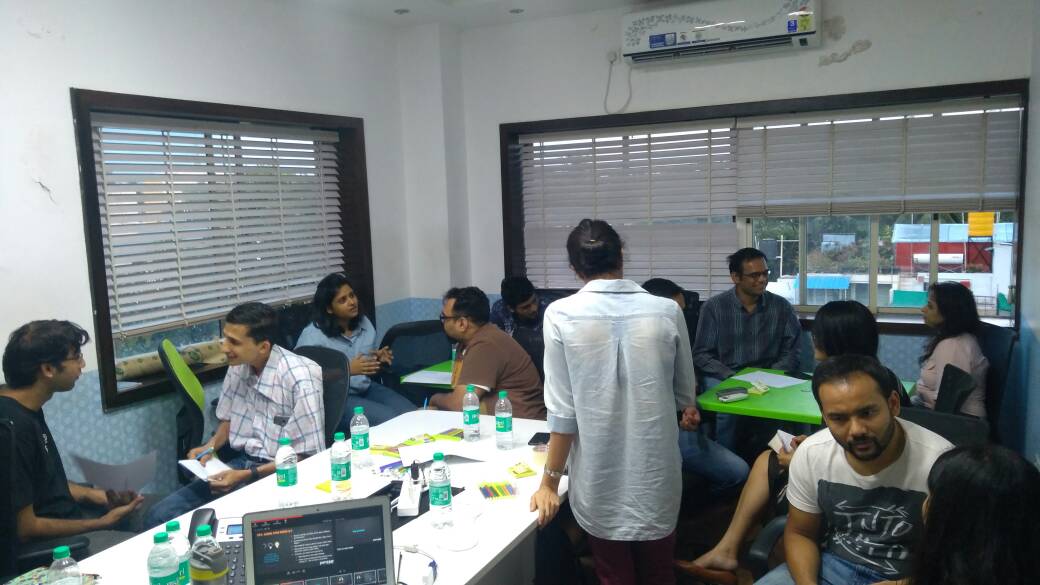
Developing Insights
Remember that the customer is only explaining their challenges or sharing their activities. Value addition to our product comes with inferring from these observations to identify insights. To find that hidden customer need, we will need to introduce adequate structure to the information collected from the customer / end-user. Some of the tools for us to use are:
- Empathy Maps to record our observations, which helps us split the talk and action of the end user that we can use to interpret the observations
- Ecosystem Maps help us understand the customer’s environment and his / her ecosystem. A map to tell us the sequence of events that are leading upto our solution or after the solution.
- Problem Statement helps us see the customer’sview point and their emotionalconnect to the problem. From a product point of view, we can turn a poor customer experience into customer delight by evoking the right positive emotion after using our product. Mind you, these folks are your product advocates.

Customer Benefit
The core of design principles is not nailing your UI/UX, it is matching your customer need, the problem they are facing in the environment they are using / will use our product. Only when the experience matches this customer need will we really see true customer benefit. Value addition of this benefit requires the need to collect the right metrics to understand if we genuinely made a difference instead of vanity metrics like just increased downloads / users.
By understanding our genuine impact, we can course-correct our product with continuous improvement coupled with rapid prototyping to help us slowly move towards our product goals and vision.
What’s the one thing participants will do differently after the #RoundTable?
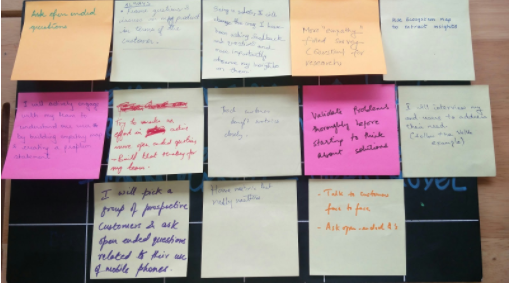
Overall a great learning experience thanks to Pensaar and iSPIRT for setting up this session.
By Rohit Krishnam, Co-founder of Lima Payments.
Editor’s Note: This #RoundTable happened to the 99th one and there was a small celebration on this occasion. It’s been a great journey so far and we’d like to thank all the participants, facilitators and volunteers who made this possible. Here’s to making India a Product Nation.
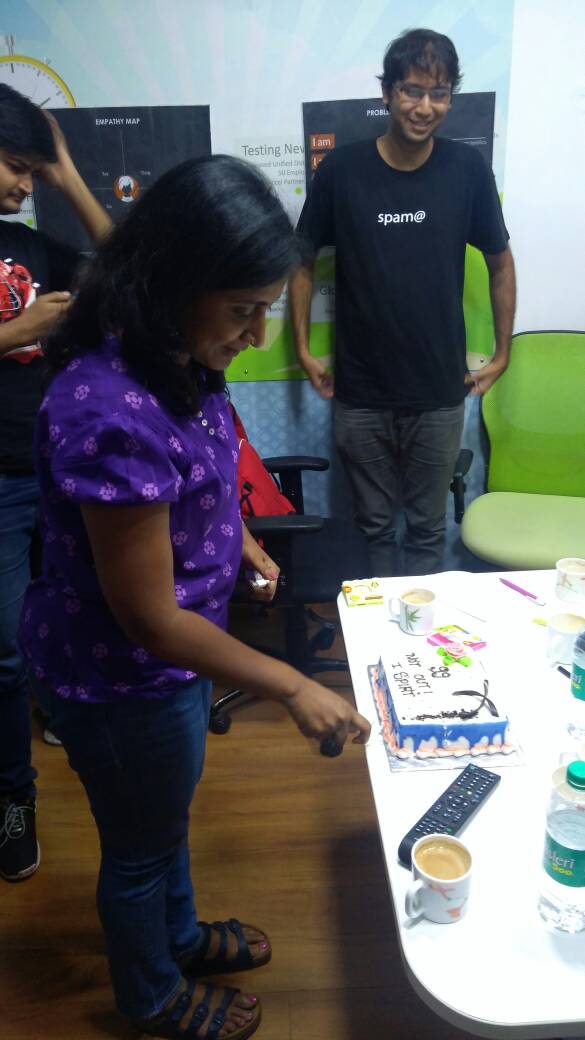
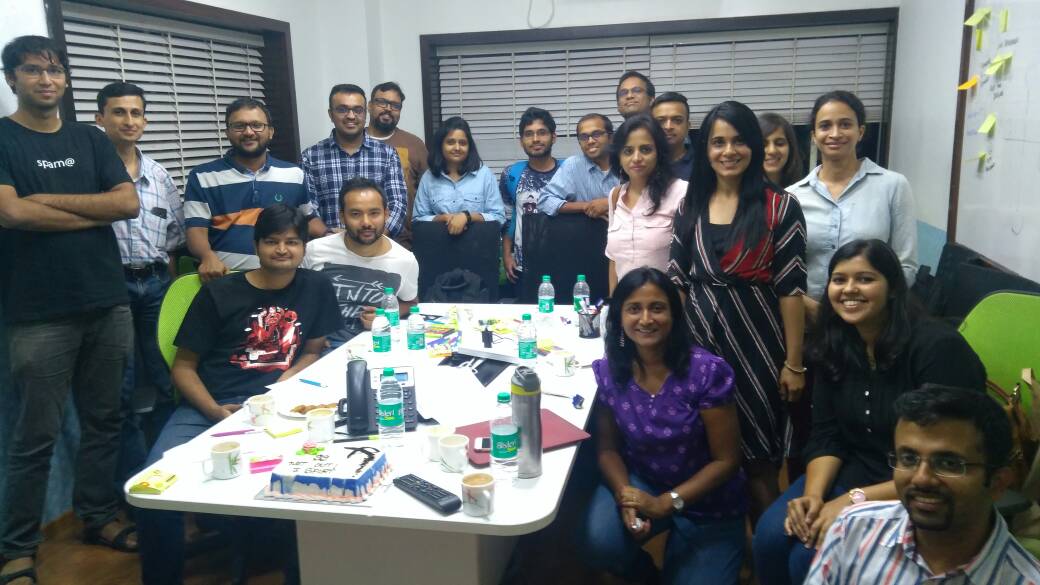


 Design thinking in its application celebrates diversity, when done well allows you to go broad try many, diverse approaches before narrowing down to one solution. It can also change how people work together for the better, introducing a deeper level of collaboration, appreciation of diversity and creativity.
Design thinking in its application celebrates diversity, when done well allows you to go broad try many, diverse approaches before narrowing down to one solution. It can also change how people work together for the better, introducing a deeper level of collaboration, appreciation of diversity and creativity.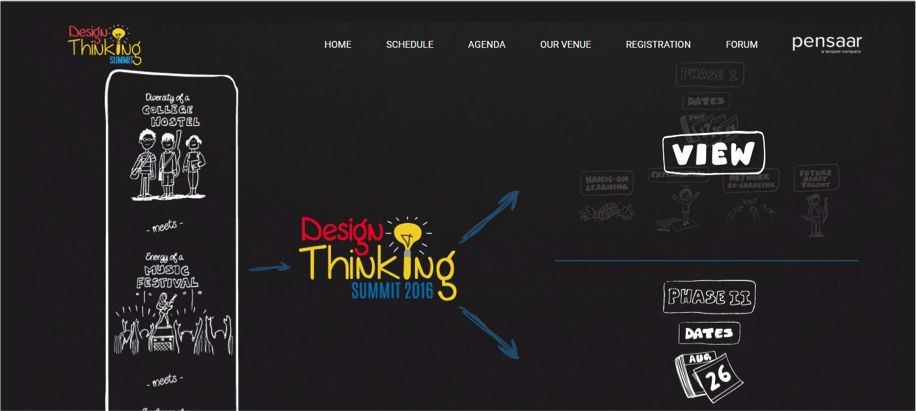 ‘Preparing for glory’- Like the Spartans, Pensaar too is setting stage for the ultimate revolution. The UnConference, Phase-ll of the Design Thinking Summit is gathering traction and building from a 60+ gathering at Phase-l to now include 300+ participants.
‘Preparing for glory’- Like the Spartans, Pensaar too is setting stage for the ultimate revolution. The UnConference, Phase-ll of the Design Thinking Summit is gathering traction and building from a 60+ gathering at Phase-l to now include 300+ participants.
 Not surprising that companies (of every shape, size and origin) are struggling with innovation. Good work is happening, the right interventions are being made but these interventions are happening in silos. One is left with the feeling that “some secret sauce is missing”. Is there a secret sauce? And is it missing?
Not surprising that companies (of every shape, size and origin) are struggling with innovation. Good work is happening, the right interventions are being made but these interventions are happening in silos. One is left with the feeling that “some secret sauce is missing”. Is there a secret sauce? And is it missing?
